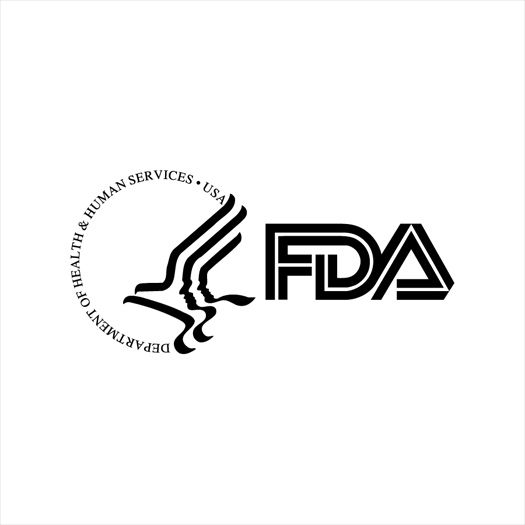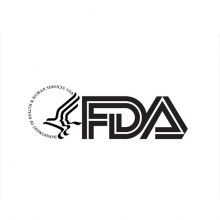Foreign FDA Inspections of Medical Device Manufacturers increase by 243%
15.01.2019

In its "Medical Device Enforcement and Quality Report", the FDA has published current data on its inspection and monitoring activities with regard to medical device manufacturers. What's new?
Between 2007 and 2017, the number of inspections increased by 46%. Foreign inspections even increased by 243% in the same period. After a three-year pilot phase, the FDA now also accepts audits as part of the Medical Device Single Audit Program (MSDAP).
FDA monitoring of medical device malfunctions and compliance trends
The FDA regularly monitors malfunctions and compliance trends in medical devices. This may result in a broader, target-oriented and risk-based inspection approach. The FDA has identified products like infusion pumps (40 Warning Letters between 2007 and 2017), defibrillators and radioactivity emitting medical devices. As a result of these broader inspection approaches, the annual recall figures for the products in question fell significantly. In some cases, the FDA also published new guidelines for these products, tightened approval requirements or held meetings with the industry.
FDA’s focus on violative products and adverse event reporting
During the inspections, the FDA also strengthened the examination of the "Medical Device Reports of Corrections" according to 21 CFR 806. In the following year, companies that had deficiencies in this regard voluntarily recalled 20% more products after the inspection. Similarly, the FDA applied 21 CFR 803 to adverse event reports. As a result, these reports have doubled since 2009.
FDA's integrative approach to compliance deficiencies
Since 2012, the FDA has been taking a more integrative approach to inspection deficiencies. What does that mean? The FDA directly reacts to responses to Forms 483 and interacts with the companies. In return, it issues fewer Warning Letters. This is the reason why the number of Warning Letters for medical device manufacturers has fallen sharply in recent years. For some time now, the FDA has also been taking steps to promote the quality of medical devices and not just to check compliance with the regulations. This includes discussions with all stakeholders involved, including patients. In addition, a pilot project called "quality maturity appraisal" was launched in 2018. Certified third parties assess the quality system of medical device manufacturers with regard to continuous improvement and organisational excellence.
Conclusion: In the last 11 years, the FDA has done a lot to improve the quality of medical devices and not only to address deficiencies in inspections. What is really innovative is FDA's integrative approach taken with the response of medical device manufacturers to Forms 483. This reduces the number of Warning Letters. However, the number of FDA inspections has increased considerably.
You can find the document entitled "Medical Device Enforcement and Quality Report" on the FDA website.
Source: www.gmp-compliance.org

